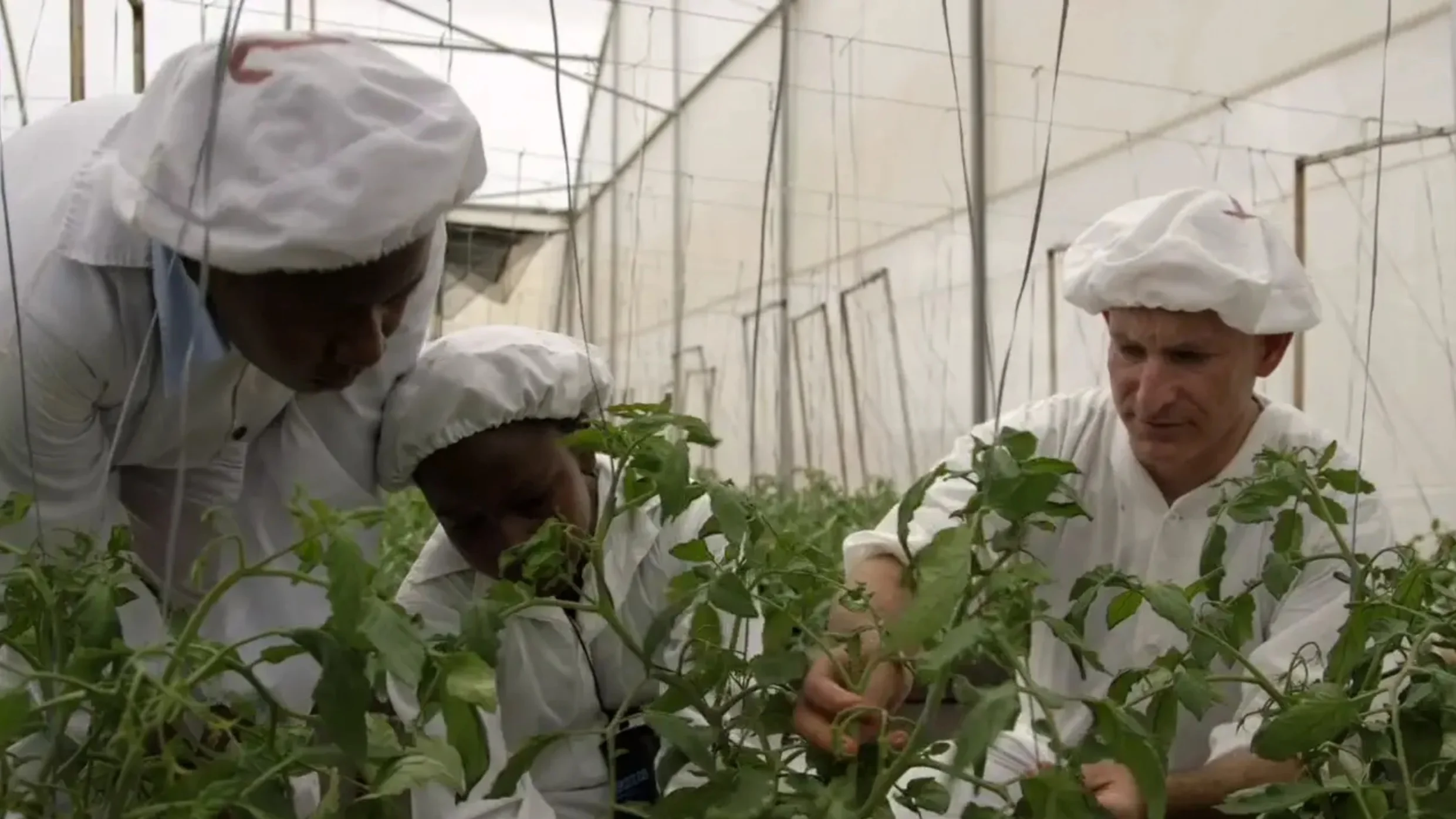MIT Case Study: AAA Growers
In 2000, after leaving the family business, Ariff Shamji launched AAA Growers in Kenya to supply vegetables to the UK market. He received a loan of $600,000 through the IFC. For the first few years, AAA operated one farm, Thika, which included a small pack house. The team learned to prepare land, operationalize a pack house, train staff (mostly Kenyans), and acquire the necessary certifications and accreditations. AAA achieved breakeven financial performance in 2002 and was able to refinance its debt. It added three more farms and began to diversify crop production and expand its overseas markets to Europe. By 2005 it was virtually debt free. By 2010, it had expanded successfully into propagating roses. AAA had roughly 3,500 employees by 2013, and its consistent diversification strategy remained in place. It had opened a central office in Nairobi and hired a number of senior managers to focus on specific business sectors. By 2015, the vegetable supply base in Kenya was decreasing; a weaker Euro and an economic slowdown in Eastern Europe and the CIS states were forcing inefficient exporters and growers to exit or limit operations. Shamji began “looking for the next thing”: setting up new relationships, thinking about how to strengthen the management team, and exploring new products and markets. No plan had been made for future leadership of AAA; Shamji wanted involvement only as long as he remained the owner.
This film was made to accompany a case study for The MIT Legatum Center for Development and Entrepreneurship.
This project was finished in 2016.
Director: Franco Sacchi
Cinematography: Franco Sacchi
Editing: Franco Sacchi






